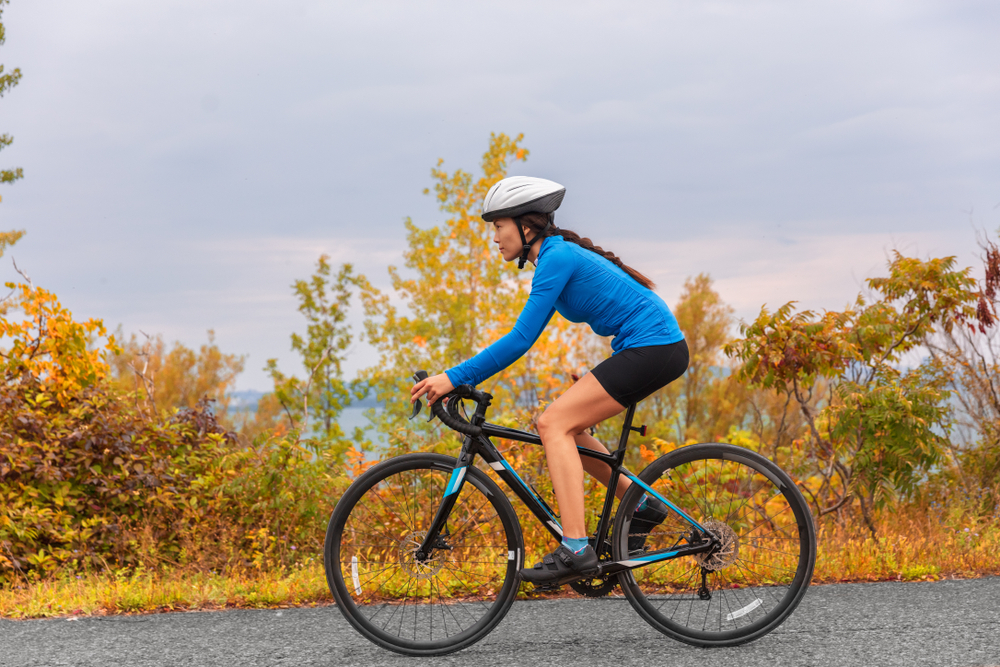How to Adjust Rear Derailleur
Properly adjusting a rear derailleur can enhance your biking experience. It ensures smooth gear changes and prevents chain slippage. This guide will help you make the necessary adjustments to ensure your bike’s rear derailleur functions optimally.
Tools You Will Need
- Bike repair stand (optional but helpful)
- Phillips screwdriver
- 5mm Allen key
- Bike chain lubricant
- Patience and a bit of practice
Initial Checks and Setup
First, secure your bike on a stable surface. If you have a bike repair stand, use it. Start by cleaning the rear derailleur to remove any dirt or grime. Lubricate the pivot points and the derailleur spring to ensure they move smoothly. Inspect the derailleur hanger for bends or damage. A bent hanger can cause poor shifting performance, so replace it if necessary.
Adjusting Limit Screws
The limit screws control the derailleur’s range of motion. This prevents the chain from falling off the cassette. Find the two screws marked ‘H’ (high) and ‘L’ (low) on your derailleur.
High Limit Screw
Shift the chain to the smallest cog. Check if the jockey wheel (the small wheel on the derailleur) lines up with this cog. If it’s not aligned, use the ‘H’ screw to adjust. Clockwise turns move the derailleur inward, and counter-clockwise turns move it outward. Ensure the jockey wheel and the smallest cog are perfectly aligned.
Low Limit Screw
Shift the chain to the largest cog. Verify if the jockey wheel aligns with this cog. Adjust the ‘L’ screw as necessary, using the same method described for the ‘H’ screw. Make sure the derailleur doesn’t push the chain over the largest cog and into the wheel spokes.
B-Tension Adjustment
The B-tension screw controls the derailleur’s height above the cassette. Shift into the largest cog. If the jockey wheel is too close to the cog, shifts may be slow. Turn the B-tension screw clockwise to increase the distance or counter-clockwise to decrease it. The proper gap is usually around 5-6mm between the jockey wheel and the cog.
Cable Tension Adjustment
Cable tension is crucial for accurate shifting. Shift to the smallest cog. Locate the barrel adjuster where the cable enters the derailleur. Turning the barrel adjuster counter-clockwise increases cable tension. Clockwise decreases it.
Shift to the next gear. If the shift is slow, increase tension by turning the barrel adjuster counter-clockwise a quarter turn. Shift again. Repeat if necessary. If over-shifting occurs, decrease tension. Fine-tune until shifts are crisp and immediate across the entire cassette.
Test Ride
Ride your bike to test the adjustments. Shift through all the gears. Ensure smooth and accurate transitions. Listen for unusual noises. If issues arise, revisit the adjustments. Fine-tuning may be necessary based on ride conditions and personal preference.
Maintenance Tips
- Regularly clean and lubricate the derailleur.
- Inspect the derailleur hanger for bends.
- Check cable tension periodically.
- Replace worn-out cables and housing.
Troubleshooting Common Issues
Shifting Multiple Gears
If the derailleur shifts too many gears at once, the cable tension might be too high. Decrease tension using the barrel adjuster.
Chain Drops
If the chain drops off the cogs, check the limit screws. Ensure they are properly set to prevent the chain from moving beyond the intended range.
Noise During Shifting
Noise indicates potential misalignment. Recheck the jockey wheel alignment with both the smallest and largest cogs. Adjust the high and low limit screws as needed.
By following these steps, you can ensure your bike’s rear derailleur is properly adjusted. Regular maintenance and periodic checks will keep your bike running smoothly, enhancing your overall riding experience.






